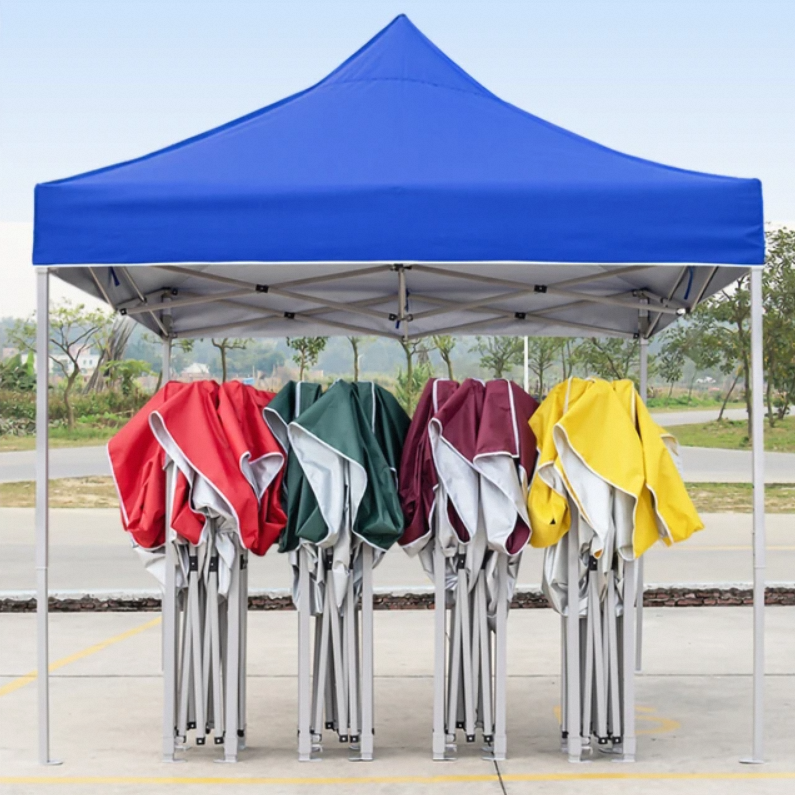Pop-up tents are a popular choice for outdoor enthusiasts due to their convenience, ease of use, and portability. However, like any other outdoor equipment, they are designed to be used in specific weather conditions. In this article, we will provide a detailed overview of the weather conditions pop-up tents can be used in and when it is not recommended to use them.
Weather Conditions for Pop-Up Tents
Sunny and Dry Weather
Pop-up tents are ideal for use in sunny and dry weather conditions. They provide a convenient and portable shelter that can be set up quickly and easily. They offer shade from the sun and protection from light winds. However, it is important to note that pop-up tents are not designed to withstand heavy winds, rain, or other harsh weather conditions.
Light Rain
Pop-up tents can be used in light rain conditions. They are often designed with a waterproof coating that can provide some protection from light rain. However, it is important to note that pop-up tents are not designed to withstand heavy rain or prolonged exposure to moisture. Heavy rain can cause the tent to leak or collapse, and prolonged exposure to moisture can cause the tent to develop mold or mildew.
Weather Conditions to Avoid for Pop-Up Tents
Heavy Wind
Pop-up tents are not recommended for use in heavy wind conditions. They are designed to be lightweight and portable, which makes them more susceptible to tipping over or collapsing in high winds. If you must use a pop-up tent in windy conditions, make sure to properly secure it with stakes and guylines and avoid leaving it unattended.
Heavy Rain
Pop-up tents are not designed to withstand heavy rain conditions. They often have a waterproof coating that can provide some protection from light rain, but heavy rain can cause the tent to leak or collapse. If you must use a pop-up tent in heavy rain conditions, make sure to properly secure it with stakes and guylines and consider using a rainfly or tarp to provide additional protection.
Snow or Ice
Pop-up tents are not designed to be used in snowy or icy conditions. Their lightweight construction makes them susceptible to collapse under the weight of snow or ice. If you must use a pop-up tent in snowy or icy conditions, make sure to properly secure it with stakes and guylines and consider using a snow or ice shelter instead.
Extreme Temperatures
Pop-up tents are not designed to be used in extreme temperatures. They offer little insulation, which makes them unsuitable for use in extremely hot or cold conditions. If you must use a pop-up tent in extreme temperatures, make sure to bring appropriate gear such as a sleeping bag, blankets, or a fan or heater to regulate the temperature inside the tent.
Thunderstorms and Lightning
Pop-up tents should be avoided during thunderstorms and lightning. They do not provide adequate protection from lightning strikes, and the risk of injury or death is too high. If you are camping during a thunderstorm, seek shelter in a sturdy building or vehicle until the storm passes.
In conclusion, pop-up tents can be used in sunny and dry weather conditions, as well as light rain conditions. They are not recommended for use in heavy wind, heavy rain, snowy or icy conditions, extreme temperatures, or during thunderstorms and lightning. It is important to use caution when using a pop-up tent and to avoid leaving it unattended in inclement weather conditions. By following these guidelines, you can enjoy your pop-up tent safely and comfortably during your outdoor adventures.

